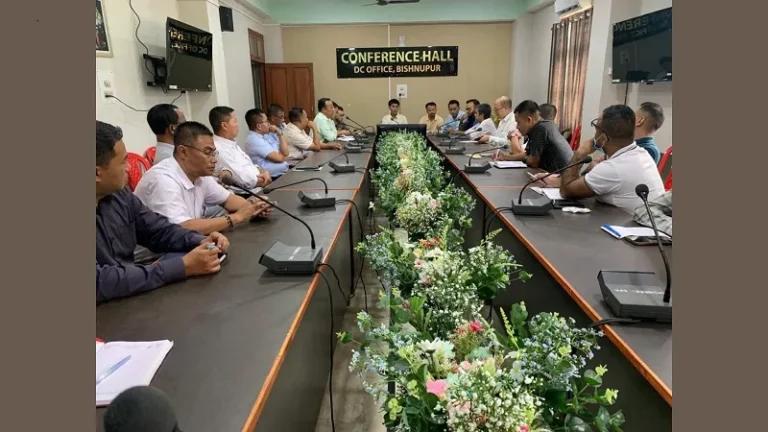Manipur’s 100-Day TB Elimination Campaign: A Bold Step to Combat Tuberculosis
Short Summary
Manipur has launched a 100-day tuberculosis (TB) elimination campaign across six districts, reflecting a focused commitment to public health. The initiative aims to address TB with intensified efforts, including early detection, treatment, and raising awareness. This drive aligns with India’s broader National TB Elimination Program, with the ultimate goal of making the state TB-free.
In-Depth Article
Introduction: Why TB Elimination is Critical for Manipur
Tuberculosis, a disease that has plagued humanity for centuries, continues to challenge public health systems globally. In Manipur, the fight against TB has taken center stage, with a 100-day campaign aimed at eradicating this preventable yet deadly disease. This initiative, targeting six districts, is part of a nationwide effort to eliminate TB by 2025. But what does this campaign entail? And how will it transform health outcomes in the region?
The Campaign’s Key Features
Manipur’s TB elimination drive isn’t just about numbers; it’s about making a real difference in people’s lives. Here are the primary pillars of the campaign:
- Early Detection Through Active Screening
- Health workers are conducting door-to-door screenings to identify TB cases early.
- Mobile diagnostic units ensure access to testing, even in remote areas.
- Comprehensive Treatment Plans
- The program emphasizes Directly Observed Treatment, Short-Course (DOTS) therapy, a globally recognized treatment strategy.
- Patients receive free medication and nutritional support to enhance recovery.
- Community Engagement and Awareness
- Educational workshops and campaigns aim to dispel myths and stigma around TB.
- Local leaders and influencers play a role in spreading awareness.
- Use of Technology
- Digital tools, including apps for monitoring patient progress, are being employed to ensure adherence to treatment protocols.
Challenges Faced in Implementing the Campaign
Despite its ambitious goals, the campaign faces several hurdles:
- Geographical Barriers: The state’s mountainous terrain makes healthcare delivery challenging in some regions.
- Stigma and Awareness: TB is often associated with social stigma, deterring patients from seeking timely treatment.
- Limited Resources: A lack of healthcare infrastructure and trained personnel can hinder the campaign’s success.
How the Campaign Aligns with National and Global Goals
Manipur’s initiative is a microcosm of India’s National TB Elimination Program, which aligns with the World Health Organization’s End TB Strategy. By focusing on early detection and comprehensive treatment, the campaign contributes to global efforts to reduce TB incidence and mortality.
The Bigger Picture: Beyond TB Elimination
A successful TB campaign has ripple effects. Improved healthcare infrastructure, enhanced awareness, and community engagement foster better responses to other health challenges. The initiative also highlights the importance of collaboration between government agencies, NGOs, and the community.
The Road Ahead
As the 100-day campaign progresses, continuous monitoring and adaptive strategies will be key. Manipur has shown determination and innovation, but sustained efforts are crucial to achieve the dream of a TB-free state.
FAQs
- Why is TB elimination a priority in Manipur? TB poses a significant public health risk in Manipur due to factors like poverty, stigma, and limited healthcare access, making elimination efforts essential.
- What makes this campaign unique? The campaign’s integration of technology, community involvement, and targeted treatment strategies sets it apart.
- How can communities support TB elimination? Communities can play a role by spreading awareness, encouraging early testing, and supporting affected individuals.
- What are the challenges of TB treatment? Adherence to lengthy treatment regimens, stigma, and access to healthcare are significant challenges.
- How does this initiative contribute to global health goals? By reducing TB incidence, the campaign supports the WHO’s End TB Strategy and Sustainable Development Goals.


